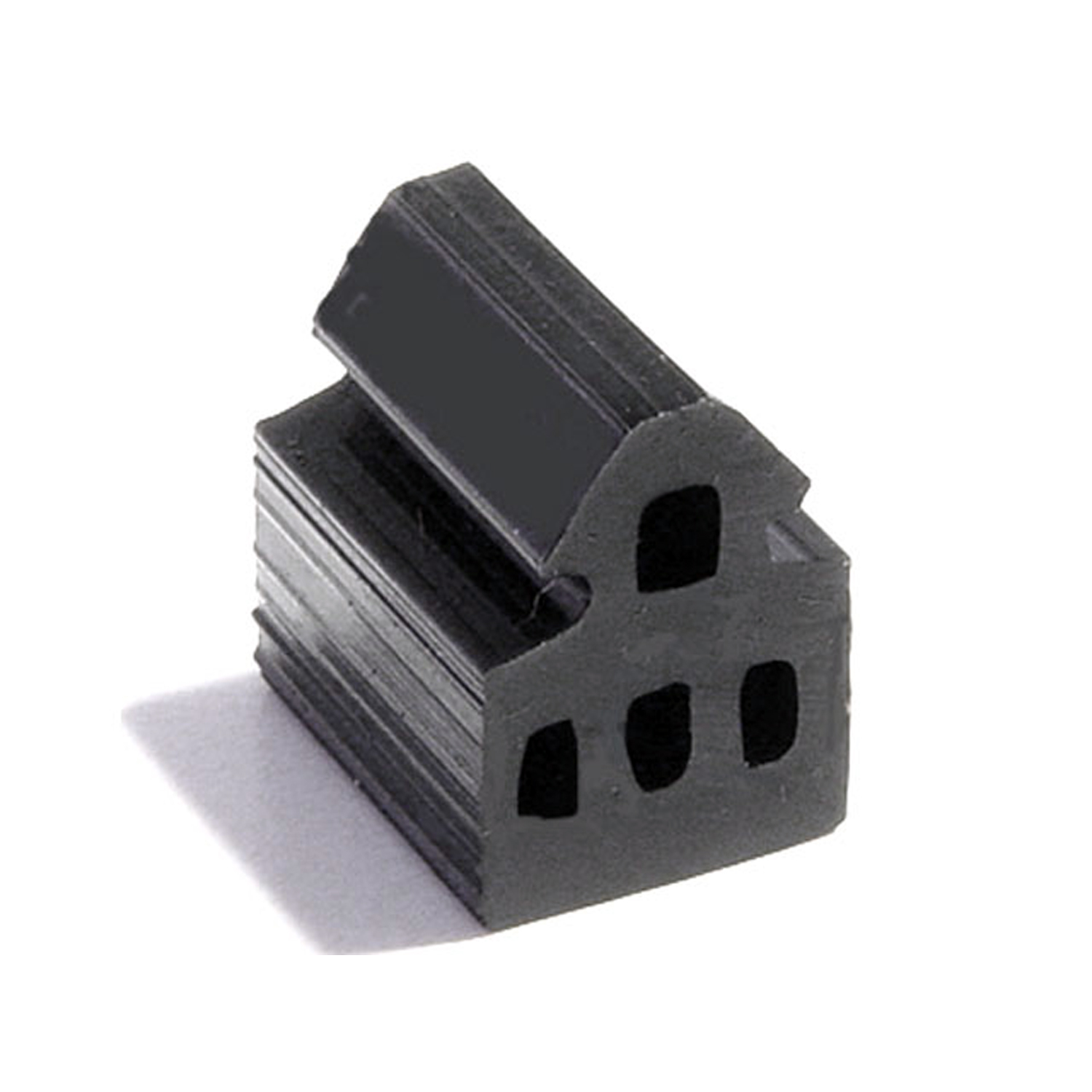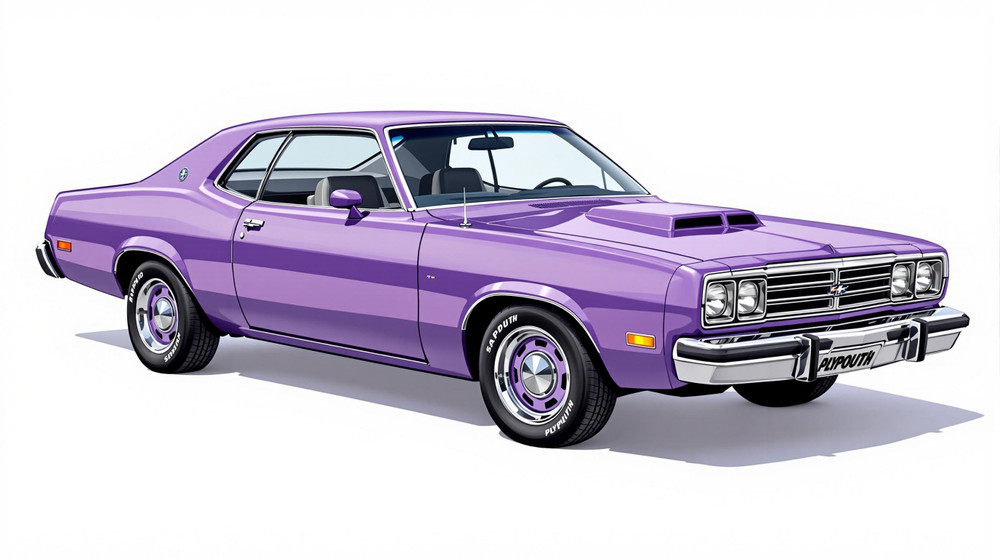Image of 1979 Plymouth Sapporo, Note: These illustrations use artistic license and may differ from actual historical models.
Performance Metrics
Fundamental Metrics
Emotional Appeal
MMP Rating
| Engine Specifications | |
|---|---|
| Engine: | 2.0L I4, 2.6L I4 |
| Displacement: | 122-156 cu in. |
| Horsepower: | 77-105 hp |
| Torque: | 115-140 lb-ft |
| Compression Ratio: | 8.5:1 |
| Ignition System: | Electronic |
| Cooling System: | Liquid-cooled |
| Performance Specifications | |
| 0-60 Time: | 11-13 seconds |
| 1/4 Mile Time: | 18 seconds |
| Top Speed: | 105 mph |
| Transmission and Drive | |
| Drive Type: | RWD (Rear Wheel Drive) |
| Transmission Type: | 4-speed manual, 3-speed automatic |
| Fuel and Efficiency | |
| Fuel System Type: | Carburetor |
| MPG: | 20-25 mpg |
| Dimensions and Brakes | |
| Brakes: | Front disc, rear drum |
| Wheelbase: | 97.2 in |
| Weight: | 2,400-2,600 lbs |
Note: Specifications for classic cars are given to the best of our ability, considering the limited and variant data available.
Unveiling the Understated Elegance of the 1979 Plymouth Sapporo
The 1979 Plymouth Sapporo is a testament to an era when automotive partnerships crossed oceans, and design philosophies merged to create something truly unique. Born from a collaboration between Chrysler and Mitsubishi, the Sapporo was a car that encapsulated the flair of Japanese engineering with American marketing prowess. Notably, this vehicle marked a significant moment in history as it was part of Chrysler's strategy to combat the fuel crisis by offering smaller, more efficient cars. The Sapporo, with its blend of style and economy, became an intriguing chapter in the automotive narrative of the late 70s.
Design and Innovation
The exterior styling of the 1979 Plymouth Sapporo was sleek and forward-thinking for its time, featuring clean lines that exuded a sense of understated sophistication. The long hood and short rear deck design were hallmarks of sporty coupes, while the distinctive rectangular headlights and chrome accents added a touch of elegance. Inside, occupants were greeted with a surprisingly plush interior, where quality materials such as soft fabrics and optional leather hinted at luxury beyond its class. Technologically, the Sapporo was equipped with features like an AM/FM stereo and air conditioning—amenities that were considered premium at the time. Color options ranged from classic whites and silvers to more vibrant hues like reds and blues, with deep metallics often catching buyers' eyes. The most iconic body style was undoubtedly the two-door coupe, which perfectly captured the essence of personal luxury in a compact package.
Historical Significance
The 1979 Plymouth Sapporo's impact on automotive design was subtle yet meaningful. It demonstrated that compact cars could be both economical and stylish, challenging the stereotype that small equated to basic or unrefined. This car stood apart from its contemporaries by offering a balance of performance and luxury at an accessible price point, setting a precedent for future models in its segment.
Performance and Handling
Underneath its hood, the Sapporo housed a modest but capable 2.6-liter four-cylinder engine that delivered smooth acceleration for its class. While not designed as a speed demon, it offered respectable performance metrics for its era, with top speeds hovering around 100 mph and a 0-60 mph time that could surprise many. On various driving conditions, from urban streets to highways, the car maintained composure with responsive handling that instilled confidence in drivers. The experience behind the wheel was characterized by a harmonious engine hum and an overall sense of reliability that made it an enjoyable ride.
Ownership Experience
The Sapporo found its niche among those seeking an everyday driver with personality or an entry-level show car with potential for customization. Its maintenance was straightforward enough for average owners to handle minor repairs themselves, contributing to its reputation for reliability. However, like many vehicles from this period, finding parts today can be challenging.
Fun Facts
Despite not being as famous as some of its contemporaries, the Plymouth Sapporo has its share of interesting trivia. For instance, it shared much of its underpinnings with the Mitsubishi Galant Lambda, highlighting the depth of collaboration between Chrysler and Mitsubishi. While not known for breaking any significant records or being owned by celebrities en masse, it did carve out a niche among enthusiasts who appreciated its unique position in automotive history.
Collector's Information
Today's collectors might find themselves intrigued by the rarity of the 1979 Plymouth Sapporo. Although production numbers were not extraordinarily low for its time—with estimates suggesting several tens of thousands were made—finding one in excellent condition can be akin to discovering hidden treasure. As for value range, well-preserved examples could fetch anywhere from $5,000 to $15,000 depending on various factors such as originality, mileage, and provenance. While not experiencing rapid appreciation like some classic cars, it maintains steady interest among niche collectors.
Conclusion
The 1979 Plymouth Sapporo is more than just another classic car; it's a symbol of cross-cultural collaboration during an era of change in the automotive industry. Its blend of style and efficiency makes it an interesting choice for collectors looking for something offbeat yet emblematic of its time. Whether you're behind the wheel or admiring it from afar, this car continues to captivate those who appreciate understated elegance paired with historical significance.
1979 Plymouth Sapporo Catalog of Parts
 1979 Plymouth Sapporo Door Bumper. 5/8" wide, made from extrusion. Each-DB 52Door Bumper. 5/8" wide, made from extrusion. Each
1979 Plymouth Sapporo Door Bumper. 5/8" wide, made from extrusion. Each-DB 52Door Bumper. 5/8" wide, made from extrusion. EachWhy Choose Metro?
For over 100 years, Metro Moulded Parts has been the pinnacle of quality in classic car restoration parts. Our commitment to precision and authenticity in every component ensures a perfect fit and an OEM-level appearance.
- Expert Craftsmanship & Quality: Each part is a testament to our dedication to reliability and perfection, crafted from original designs and thoroughly tested.
- Advanced Technology: We use cutting-edge techniques to create flawless, long-lasting parts that surpass others in performance.
- SuperSoft Sponge – The Ultimate Door Seal: Not only are our door seals 30% softer than competitors', but they're also guaranteed to never leak. They effectively reduce wind and road noise, enhancing your classic car's comfort and driving experience.
- Proudly American: Our parts are a product of American craftsmanship, made in the USA with a spirit of excellence and heritage.
- Unrivaled Warranty: We back our products with a 30-year industry-leading warranty, a testament to our confidence in their quality.
Join us in preserving the legacy of classic cars with parts that are crafted for perfection, not just made.

